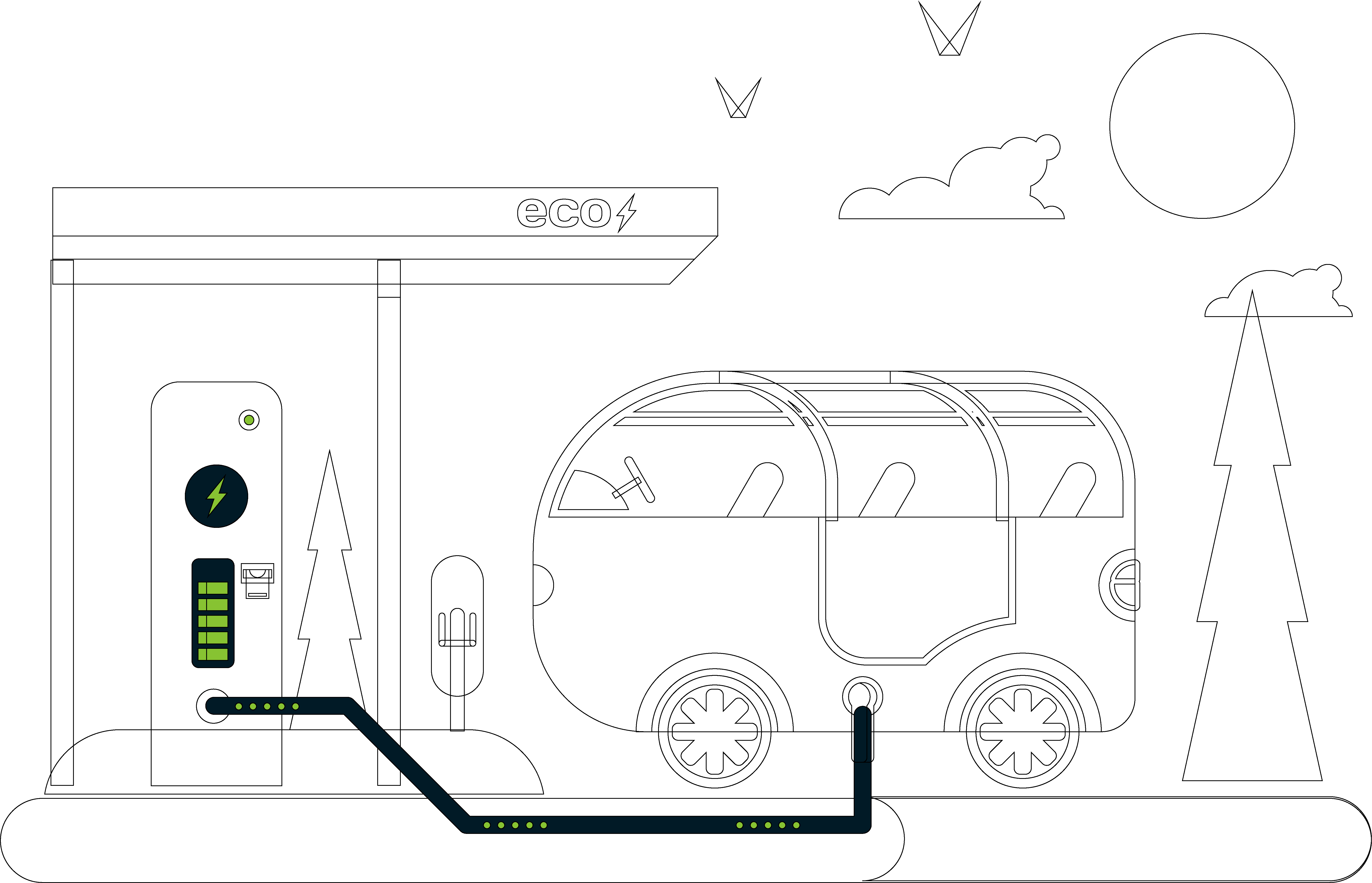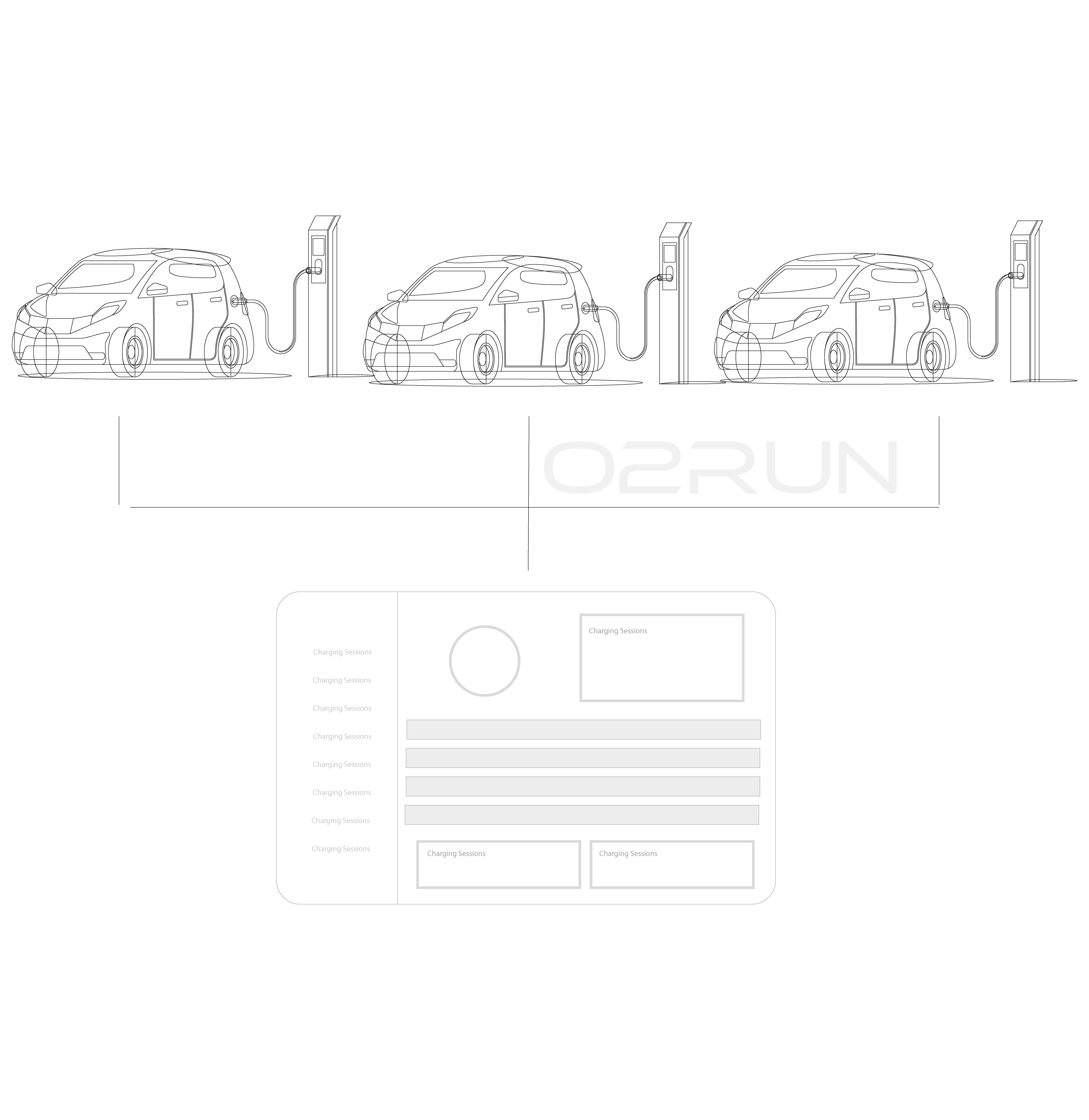
With the rapid expansion of electric vehicles (EVs) on the market, it's essential for both EV owners and enthusiasts to understand the various types of connectors available. From home charging stations to public charging infrastructure, the type of connector plays a crucial role in determining compatibility and charging efficiency. In this blog post, we'll delve into the different EV connector types, their features, and where you're likely to encounter them.
Type 1 (SAE J1772)
 Type 1 connectors, also known as SAE J1772 connectors, are commonly found in North America and Japan. They feature a single-phase AC charging capability and are widely used for home charging stations and public charging points.
Type 1 connectors, also known as SAE J1772 connectors, are commonly found in North America and Japan. They feature a single-phase AC charging capability and are widely used for home charging stations and public charging points.
Type 2 (IEC 62196) :
Type 2 connectors, also known as IEC 62196 connectors, are prevalent in Europe and are gradually becoming more common in other regions. These connectors support both single-phase and three-phase AC charging, offering faster charging speeds compared to Type 1 connectors.
CHAdeMO
Originally developed by Japanese manufacturers, CHAdeMO connectors are primarily used for DC fast charging. They are characterized by their distinctive large, round plug and are commonly found in public charging stations, particularly in Asia and Europe.
Combined Charging System (CCS)
CCS connectors, also known as Combo connectors, combine the benefits of Type 2 connectors with additional DC fast charging capabilities. They feature two additional DC pins, allowing for faster charging speeds. CCS connectors are gaining popularity globally, especially in Europe and North America.
Tesla Connector
Tesla vehicles come equipped with their proprietary connector, known as the Tesla Connector or Tesla Supercharger. While Tesla vehicles can charge using other connector types with adapters, Tesla's Supercharger network utilizes their unique connector design for rapid charging.
Understanding the various EV connector types is crucial for EV owners to ensure compatibility when charging at different locations. Whether you're planning to install a home charging station or embarking on a road trip, knowing which connector your vehicle requires can help streamline the charging process and avoid any compatibility issues.
As the adoption of electric vehicles continues to grow, the availability and standardization of charging infrastructure will play a significant role in shaping the future of transportation. By familiarizing yourself with the different EV connector types, you can navigate the evolving landscape of EV charging with confidence and ease.

What’s New
- by O2Run
- 0 Comments
How to Find EV Charging Stations Near You
As electric vehicles (EVs) become increasingly popular, the need for ...
Read More- by O2Run
- 0 Comments
Mastering EV Battery Health
In the realm of electric vehicle (EV) ownership, understanding the ...
Read More- by O2Run
- 0 Comments
9 Key Reasons to Dive into the EV Charging Station Investment Arena
In the dynamic landscape of transportation, electric vehicles (EVs) ...
Read More


Leave Your Comment Here